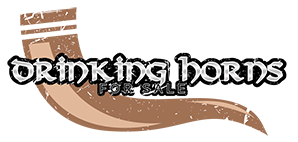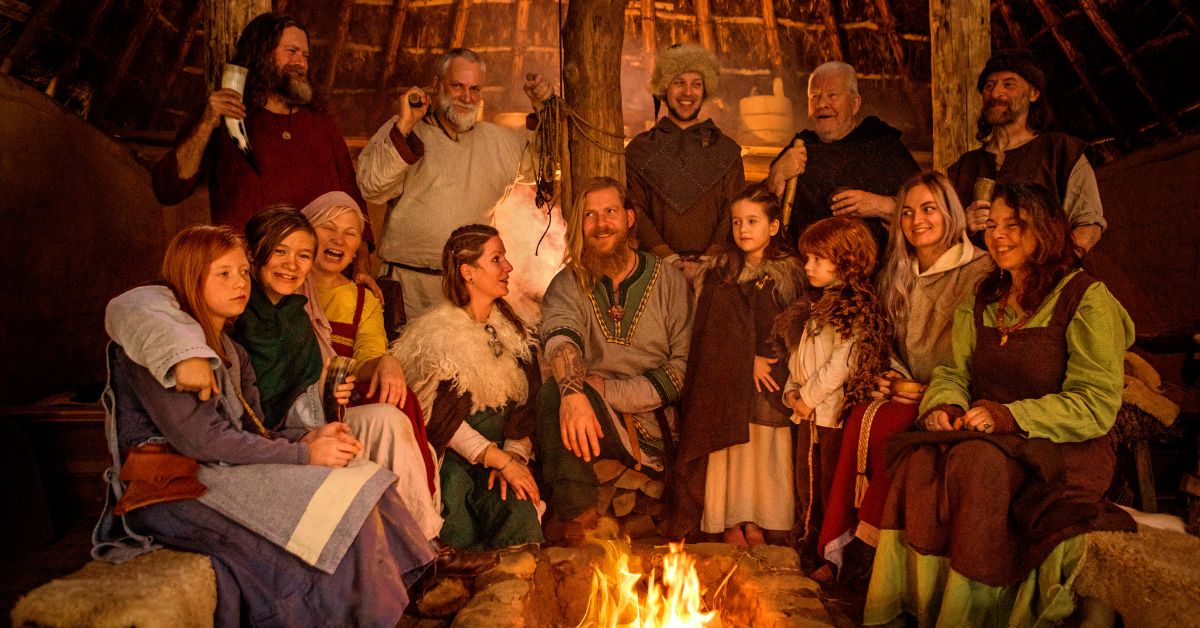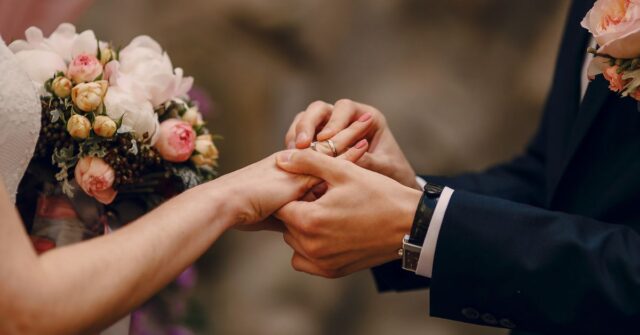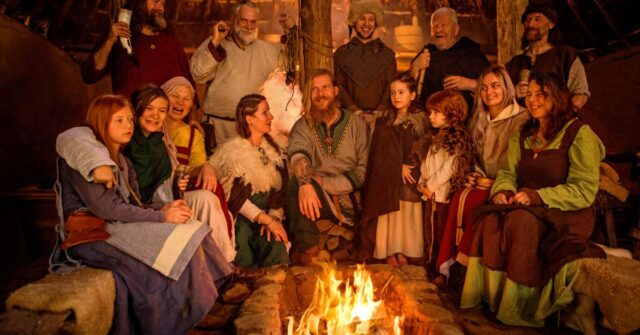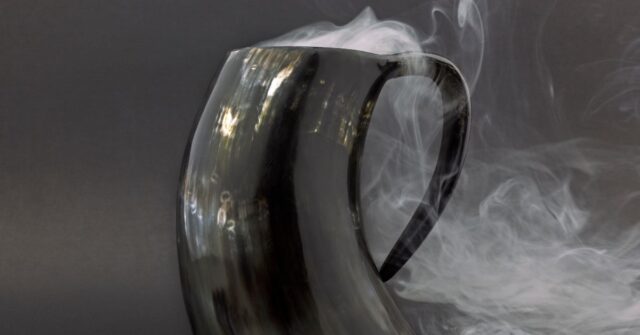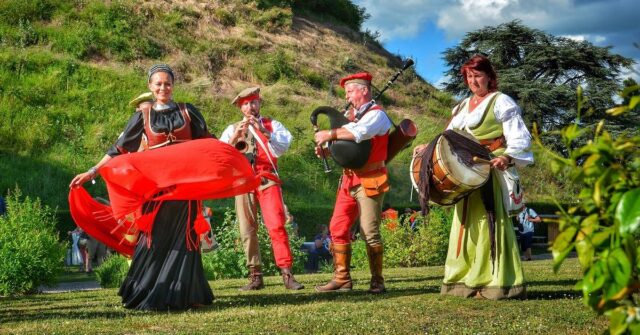Drinking horns hold a storied place in history, particularly within the rituals and celebrations of ancient and medieval societies.
Today, we explore the rich tapestry of their cultural significance, practical usage, and enduring allure in modern celebrations and toasts.
Introduction to Drinking Horns
Throughout history, drinking horns have been more than just a drinking vessel; they’ve been a symbol of power, festivity, and community.
Often crafted from the horns of bovines or other large animals, these iconic objects connect us to our past.
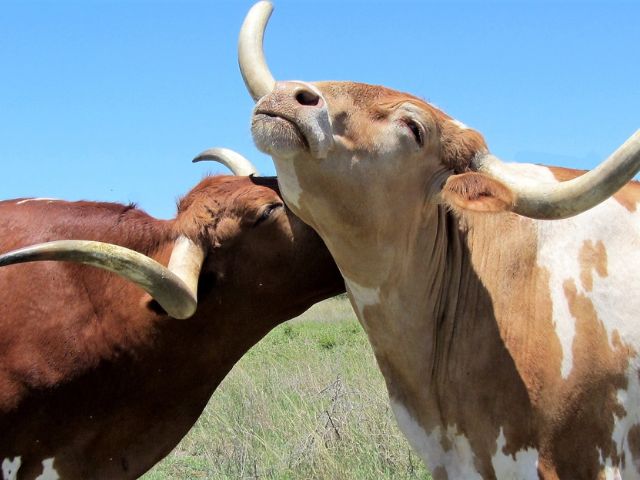
Historical Origins of Drinking Horns
Drinking horns date back to the Neolithic period, but they gained prominence with the Vikings and medieval European nobility.
Both functional and decorative, they were often embellished with metals and intricate carvings to denote status.
Materials and Design Over the Centuries
Initially, drinking horns were simple and utilitarian, but over time they evolved.
Craftsmen used gold, silver, and even jewels to adorn these ceremonial pieces, which varied widely in size from modest to quite large, depending on their intended use and the status of the owner.
Cultural Significance of Drinking Horns
Drinking horns carry deep symbolic meanings, often associated with heroism, generosity, and the divine.
Drinking Horns in Ancient Civilizations
In many cultures, the drinking horn transcended mere utility to become a revered artifact. It was both a tool for everyday use and a crucial element of ritualistic significance.
Norse Mythology and Viking Banquets
Viking sagas are replete with references to drinking horns, central to feasts and ceremonies, symbolizing fellowship and valor among warriors. They were not merely vessels but trophies of conquest and honor.
Medieval Europe and Its Feasts
In medieval banquets, the drinking horn was a centerpiece of the dining table, used during important toasts. It served as a symbol of hospitality and was often passed among guests to strengthen bonds.
Drinking Horns Across Continents: Africa and Asia
Similarly, in parts of Africa and Asia, drinking horns played a significant role in both community gatherings and spiritual ceremonies, embodying both tradition and communal identity.

Symbols and Meanings Attached to Drinking Horns
The horn’s curvature was sometimes interpreted as a symbol of the moon, linking it to various deities and cosmic phenomena.
The act of drinking from a horn could be seen as drawing strength or blessings from these higher powers.
Drinking Horns in Modern Times
While no longer commonplace, the ceremonial use of drinking horns has seen a resurgence in popular culture and historical reenactments.
Revival in Pop Culture and Media
Thanks to television and film, such as series depicting medieval fantasy, drinking horns have found new popularity, often used at weddings and themed events.
Contemporary Makers and Craftsmanship
Today, artisans continue to create drinking horns, often using traditional methods to maintain their historical authenticity while ensuring functionality for modern users.
Usage of Drinking Horns in Toasts and Ceremonies
The dramatic flair of drinking horns enhances the ritual of toasting, lending an air of antiquity and ceremony to modern festivities.
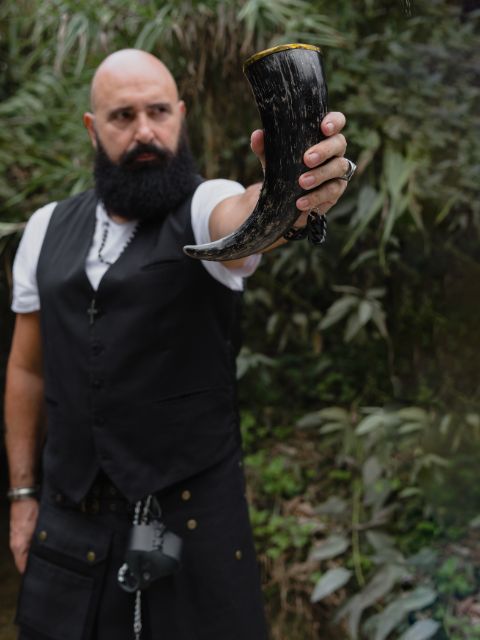
Traditional Toasting Rituals with Drinking Horns
In both historical and modern contexts, the drinking horn elevates a simple toast to a memorable ceremonial act, often accompanied by speeches or proclamations.
Examples from Norse and Celtic Traditions
In Norse tradition, toasts with drinking horns were made to gods for strength or victory in battle, while Celtic feasts used them to honor earth and ancestry.
The Role of Drinking Horns in Weddings and Festivals
Today, drinking horns are often seen at weddings where they add a touch of historical romance and uniqueness to the celebration, connecting the couple to heritage and tradition.
Specific Rituals and Their Meanings
In some cultures, passing a horn can symbolize the transfer of blessings or duties, a significant act during weddings or coronations.
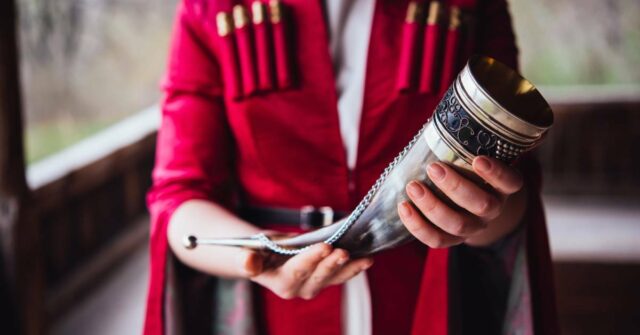
Practical Tips for Using and Maintaining Drinking Horns
To ensure your drinking horn remains a cherished heirloom or an eye-catching part of your festivities, proper care is essential.
How to Properly Clean and Care for Drinking Horns
Cleaning a drinking horn requires gentle care and avoiding harsh detergents to preserve the natural material. Mild soap and warm water are typically sufficient, followed by air drying.
Tips for Hosting an Event with Drinking Horns
When hosting an event where drinking horns are used, consider the theme and the practicality of serving beverages in them. They can be a conversation starter and a memorable part of your event’s ambiance.
Conclusion
From ancient banquets to modern weddings, drinking horns have transcended time, preserving their mystical allure and profound symbolism.
They continue to captivate and enchant, offering a tangible link to our rich, collective past.
